Dyeing Cotton with Willow | Shades of Pink, Taupe and Grey
Home »
05.09.2023

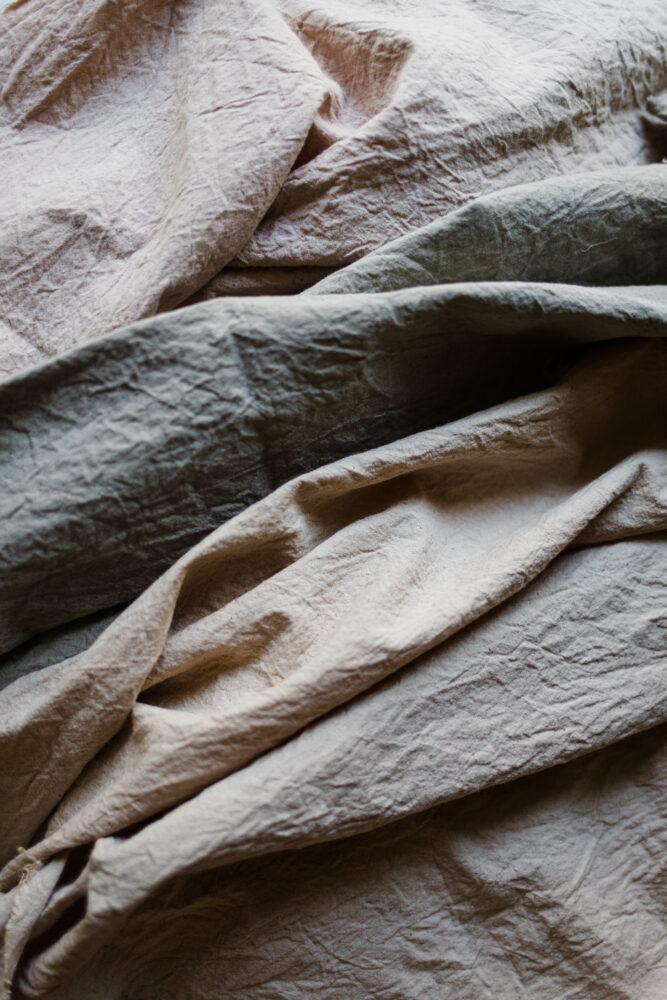
My experiments with plant based natural dyeing continue, and today I’d like to share my results from dyeing cotton calico with willow branches and leaves. The results are subtle, and though I was frustrated to see the colour lighten so much after rinsing, I love the pastel pink and taupe shades that willow gives on cotton.
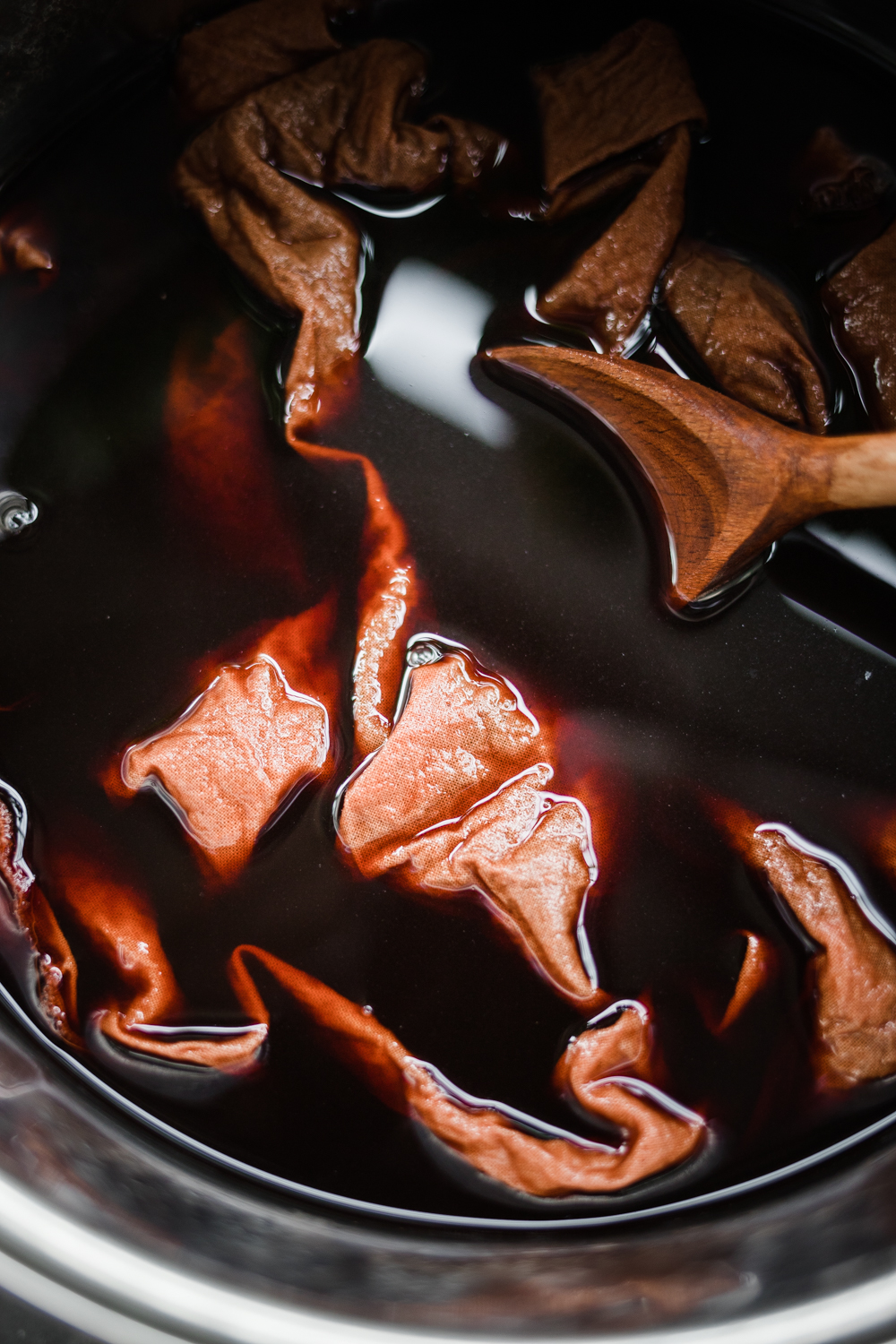
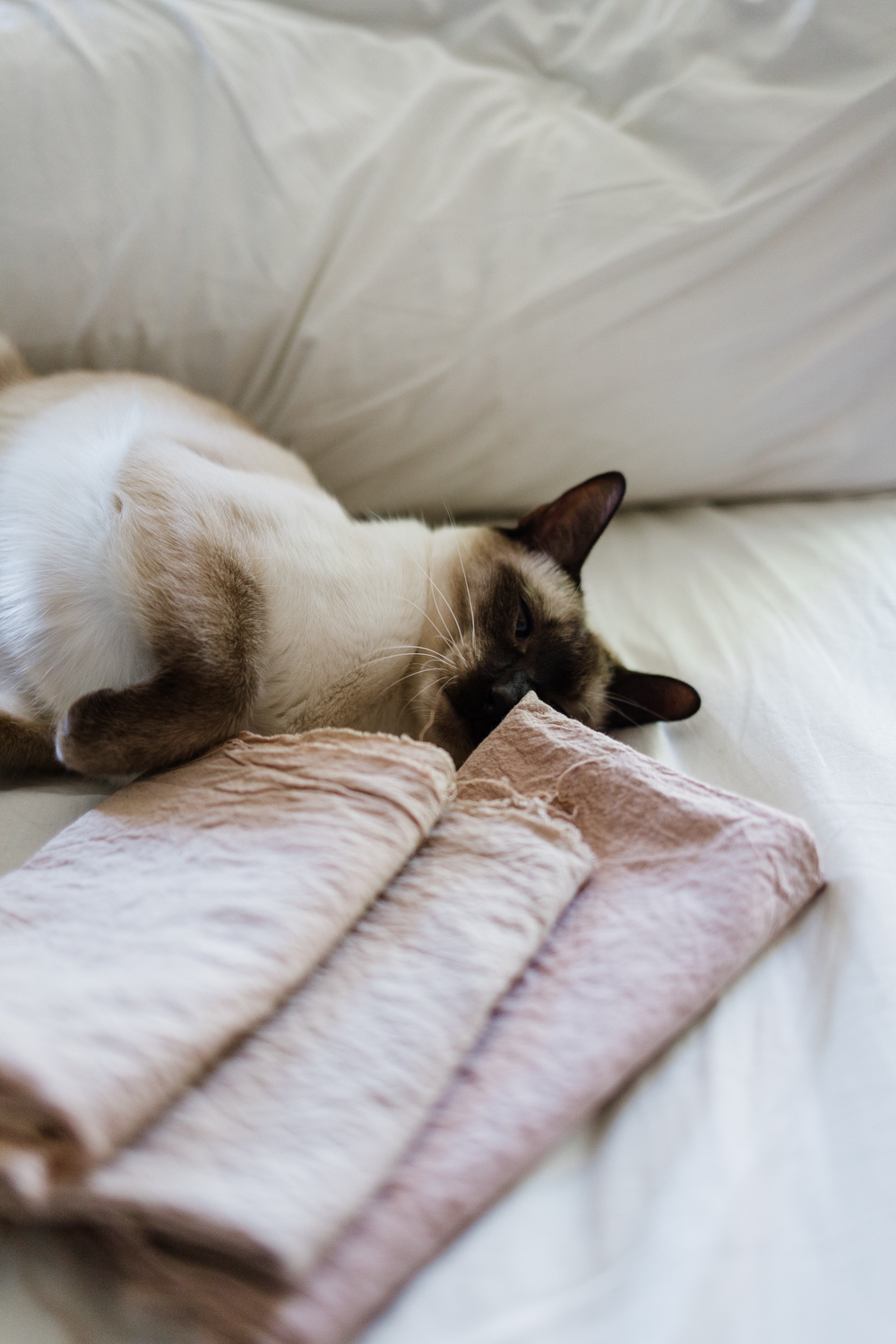
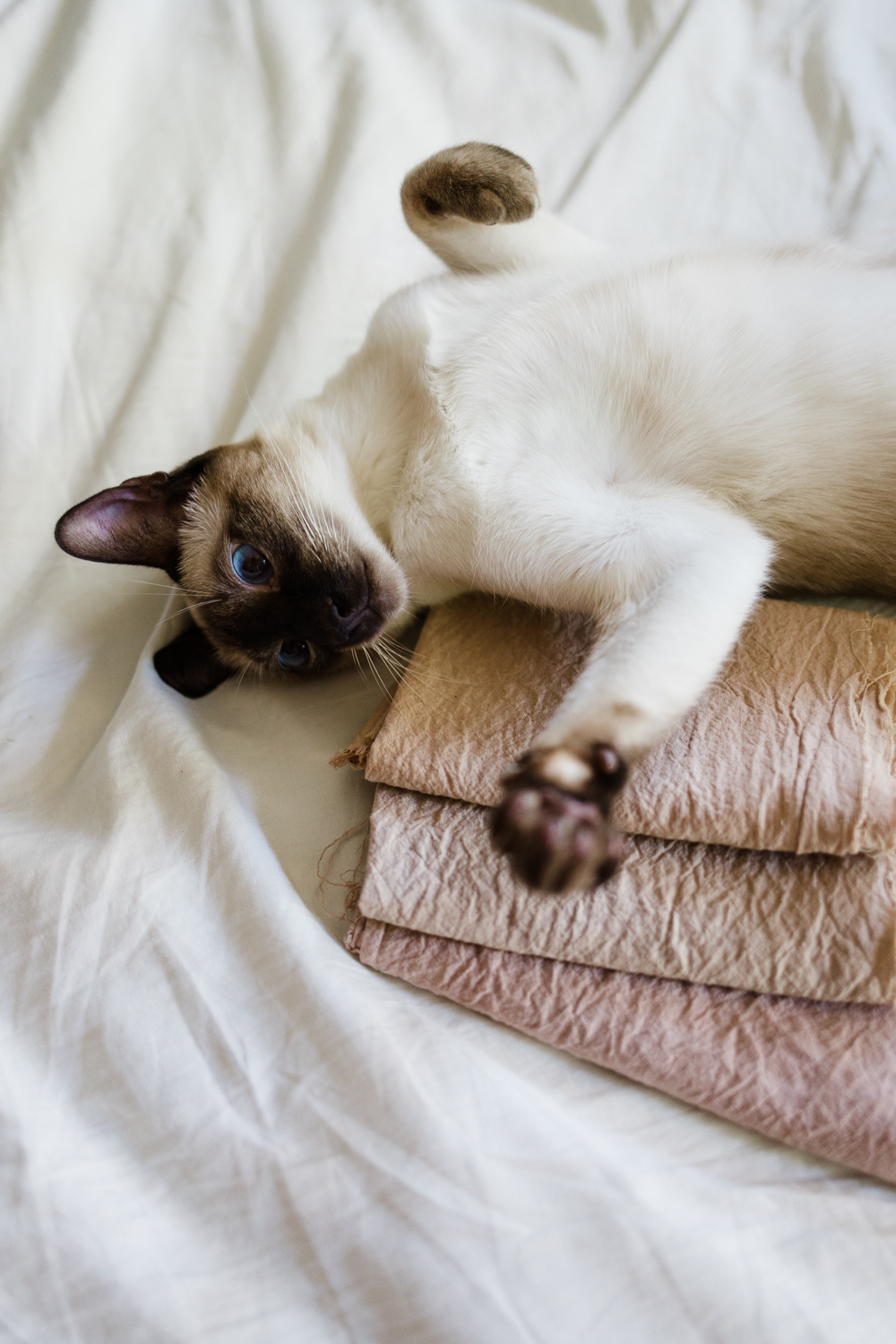
Of course Gustave wouldn’t allow me to photograph the samples without him, so please excuse his cute photo bombing and excited roly-polys! He can’t help himself and I can’t help but photograph him.
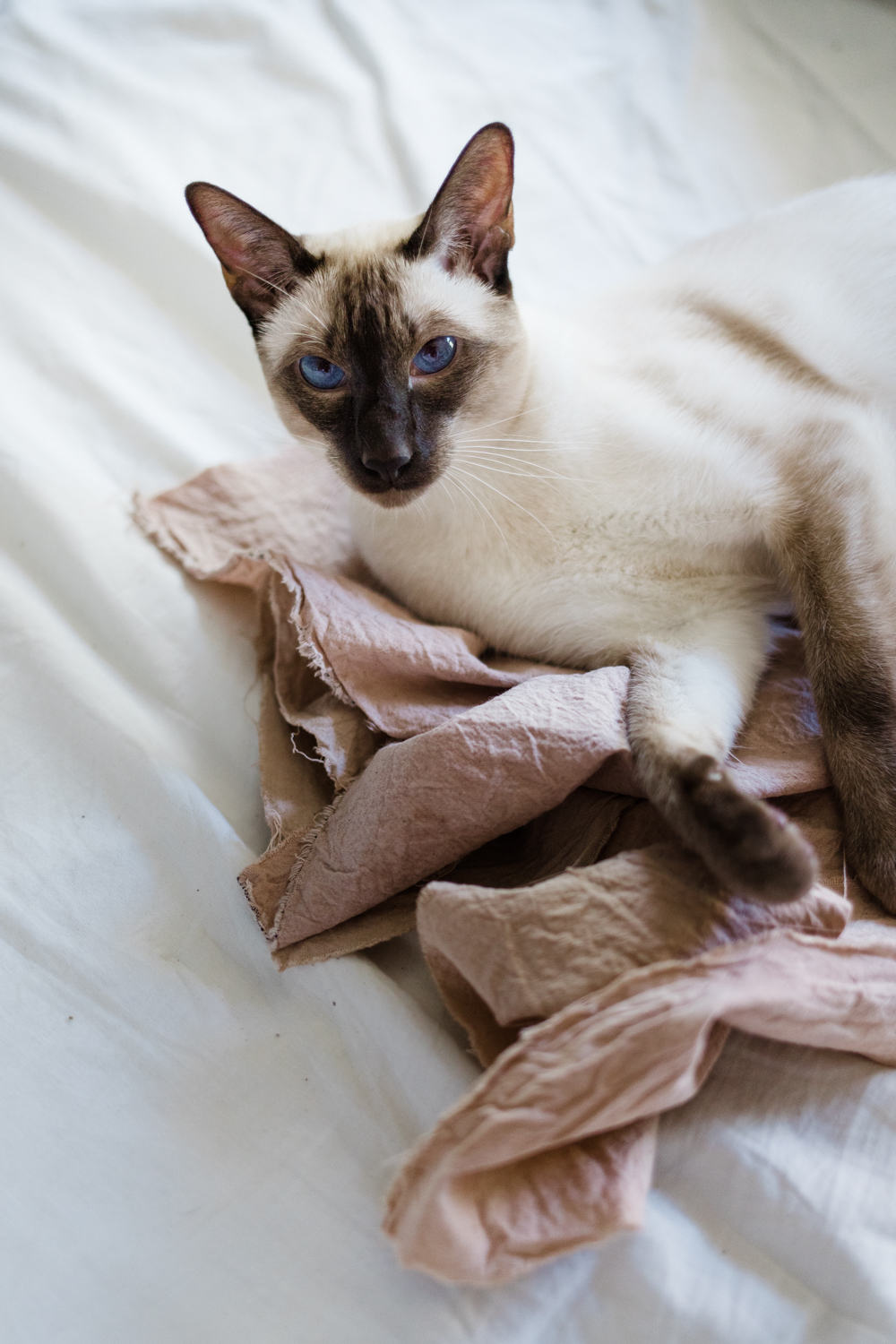
For my first dye bath, I collected 250g of willow, from two types of willow trees that grow locally and which I have permission to forage from. They grow alongside the community orchard on my allotment site, and the allotment secretary has said that we can take as much willow as we like for plant supports and other projects. The species are white willow (salix alba) and weeping willow (salix babylonica). I used soft branches and leaves from both species in the same dye bath.
I placed the willow into a large stainless steel pan, covered the branches and leaves with water, put the lid on, and brought the pan to a boil. Once it was boiling I turned it down to the lowest setting on my electric hob and left it to gently simmer for 1 hour. Then I added 1tbsp washing soda to the pot, which changed the dye from orange to pink. This is because washing soda is an alkali and willow is sensitive to pH changes. I left the pot on the balcony to cool down and brew for 24 hours, and then proceeded to mordant my unbleached cotton calico with aluminium sulphate. I used slightly less aluminium sulphate than last time when I dyed with goldenrod, this time using 15% WOF (weight of fibre) so 15g aluminium sulphate to 100g dry cotton calico. The process was just the same though – bringing the pan of water with dissolved aluminium sulphate to a boil then simmering for 45 minutes with the fabric in it, then leaving the fabric to soak for 24 hours before straining (and reserving the mordant bath to reuse).
Then I placed the wet, mordanted fabric into the strained willow dye bath, put it back on the heat, brought it to a boil, and left it to simmer for 45 minutes with the lid on. I then left the pot outside again, on my covered balcony, to soak and take up the dye.
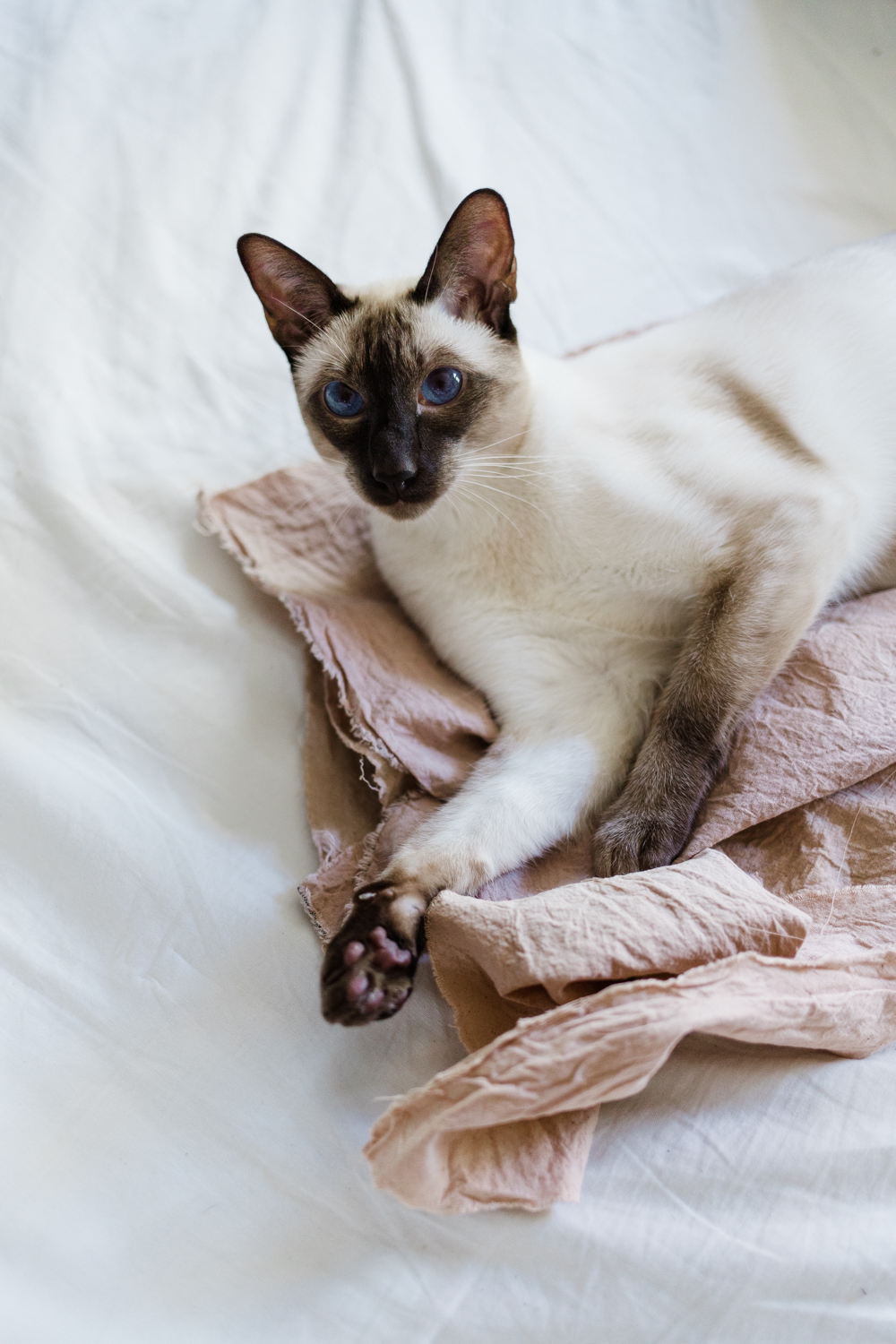
After 24 hours, I squeezed the dye out of the fabric and placed one 50g piece into an iron after bath made with 1/8 tsp ferrous sulphate powder, which turned the fabric from pink to grey. I then separately rinsed each piece of fabric in cold water until the water ran clear, which is where I saw all my precious dye flood out of the fabric leaving me with soft pastels.
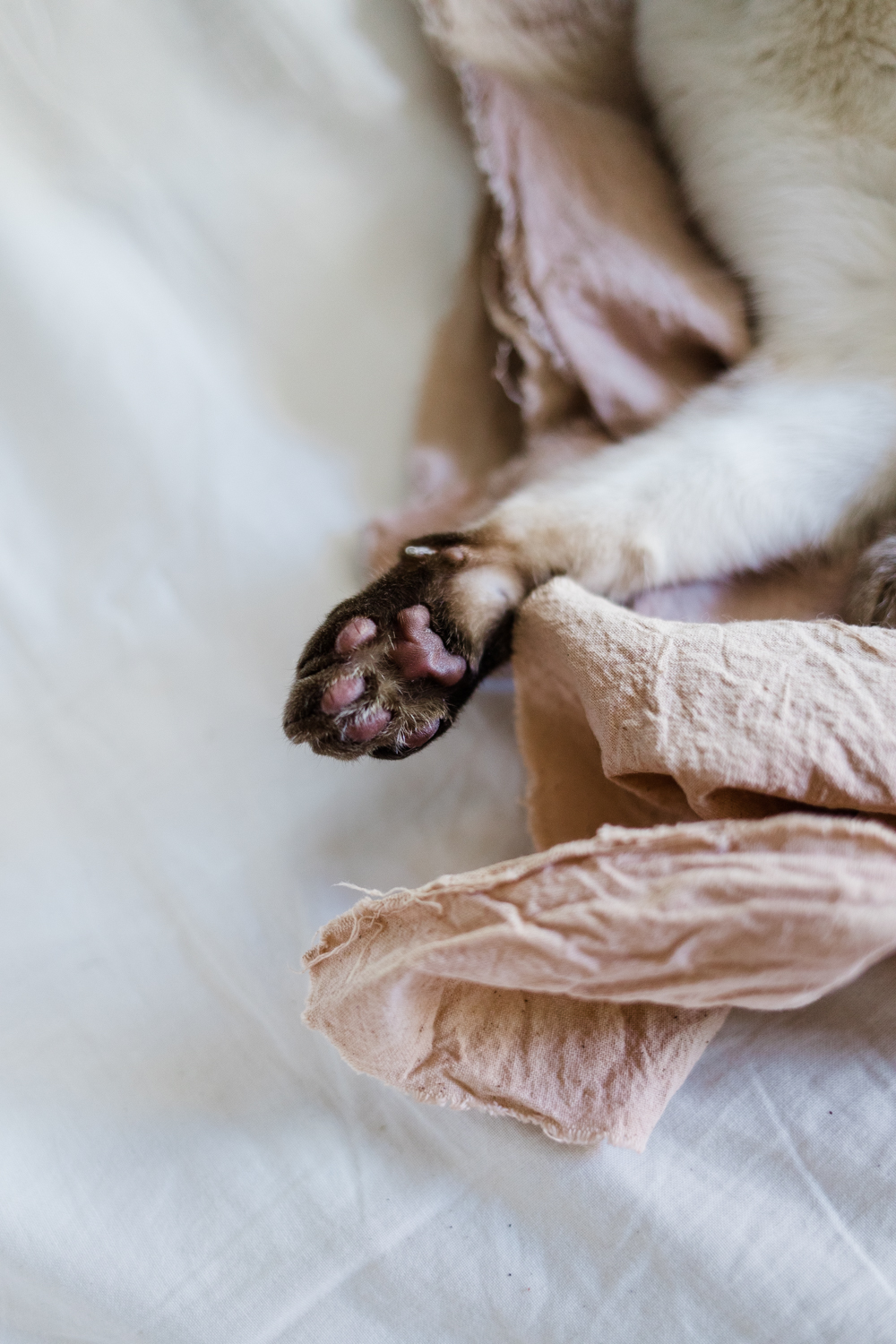
Out of curiosity, I tried a second dye bath, this time with 500g soft branches and leaves which I prepared as above, for the same weight of fibre – 100g – but this time I left the dye bath to soak for 4 days before straining and adding the fabric. The result was that the pink shifted towards a more taupe colour, possibly because the pH nudged back towards neutral during the long soak. I dipped one piece into the iron solution I used for the first batch with willow, and which I had kept in an old jar. I didn’t manage to achieve deeper finished colours with the more concentrated bath though. I think this is the limit of what can be achieved with cotton and aluminium sulphate. I’d like to try with aluminium acetate if I can find some. It’s said to be the best aluminium mordant for cellulose fibres. Still, overall I’m happy with the colours and they’ll make nice additions to the quilt I will eventually make with these samples.
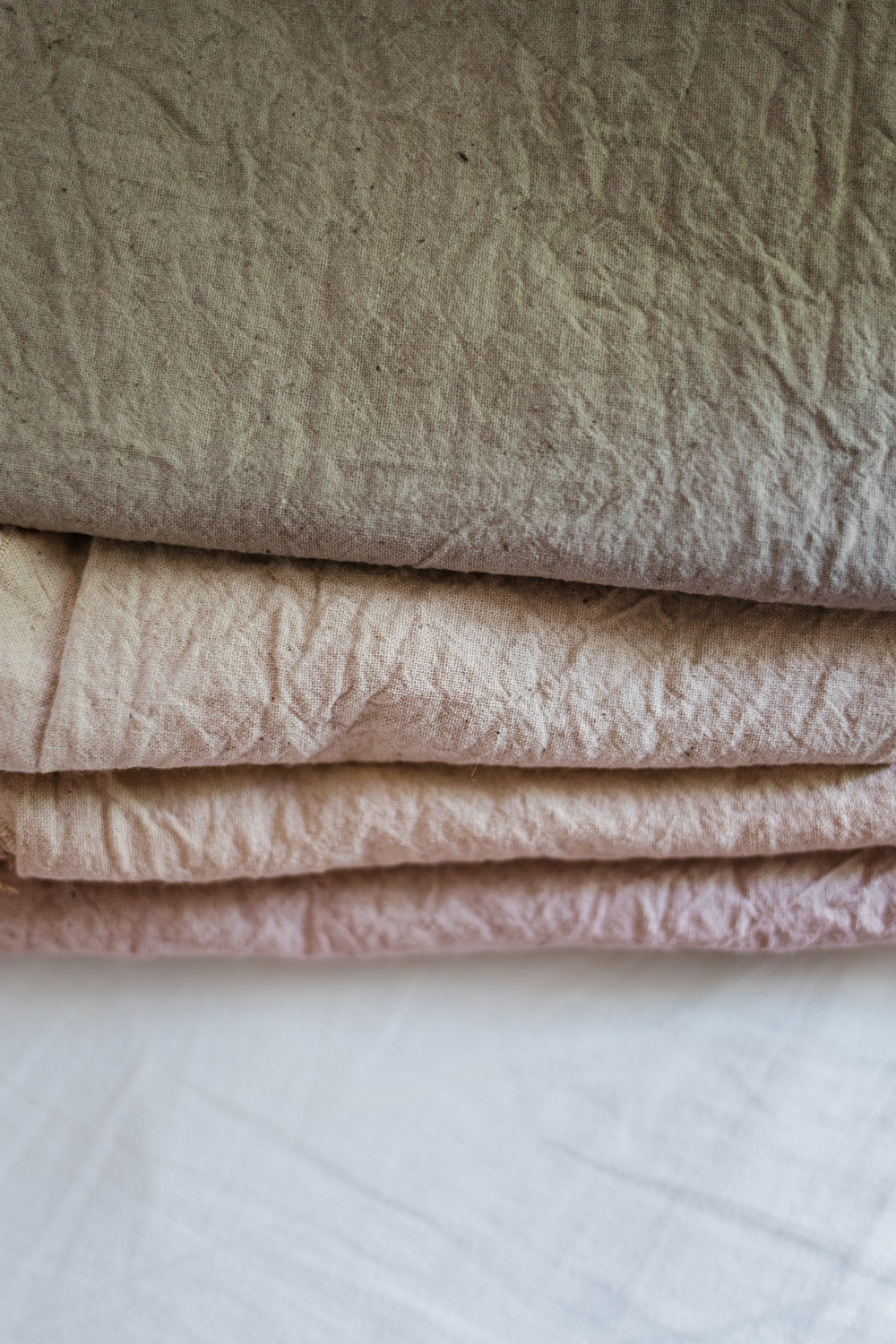
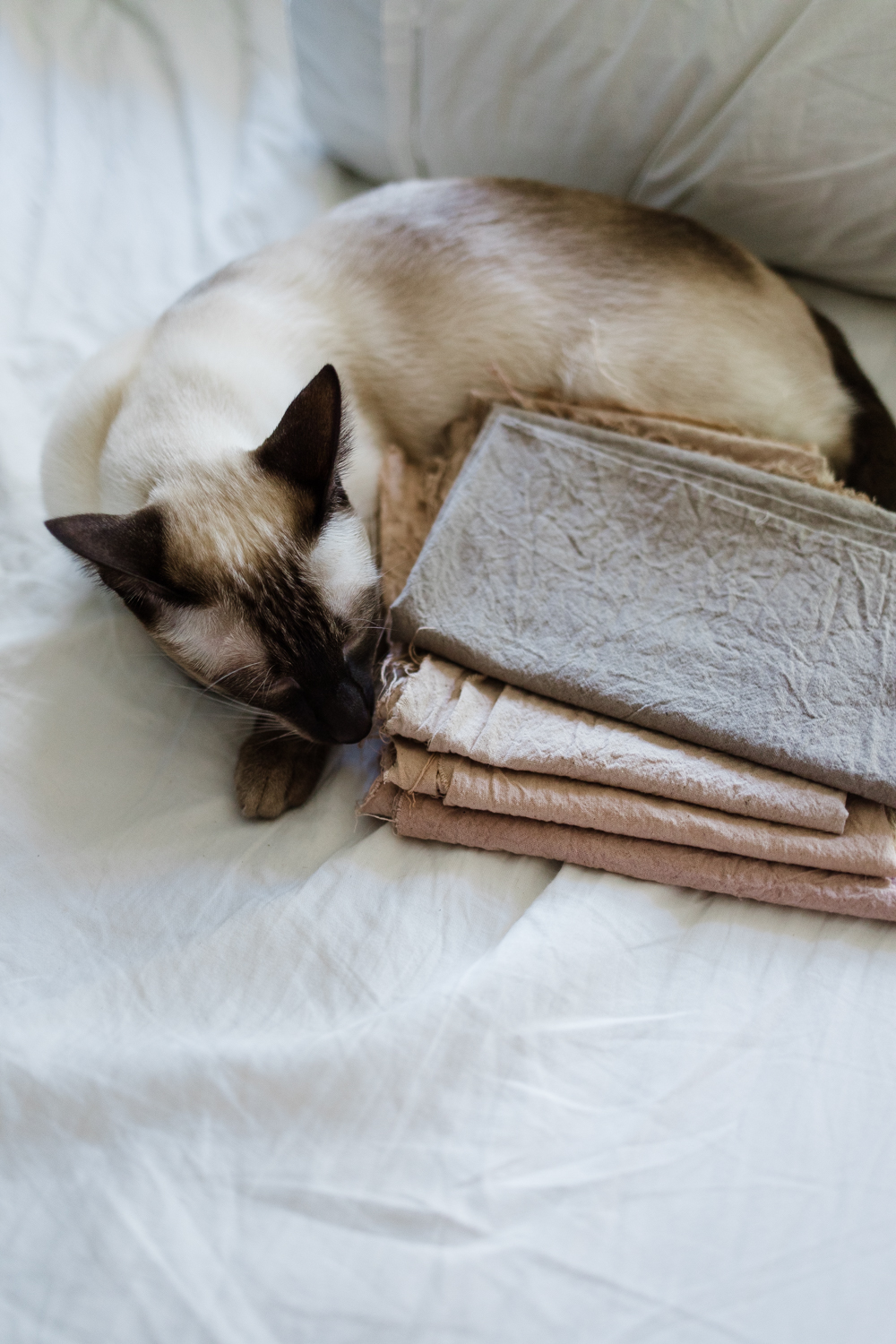
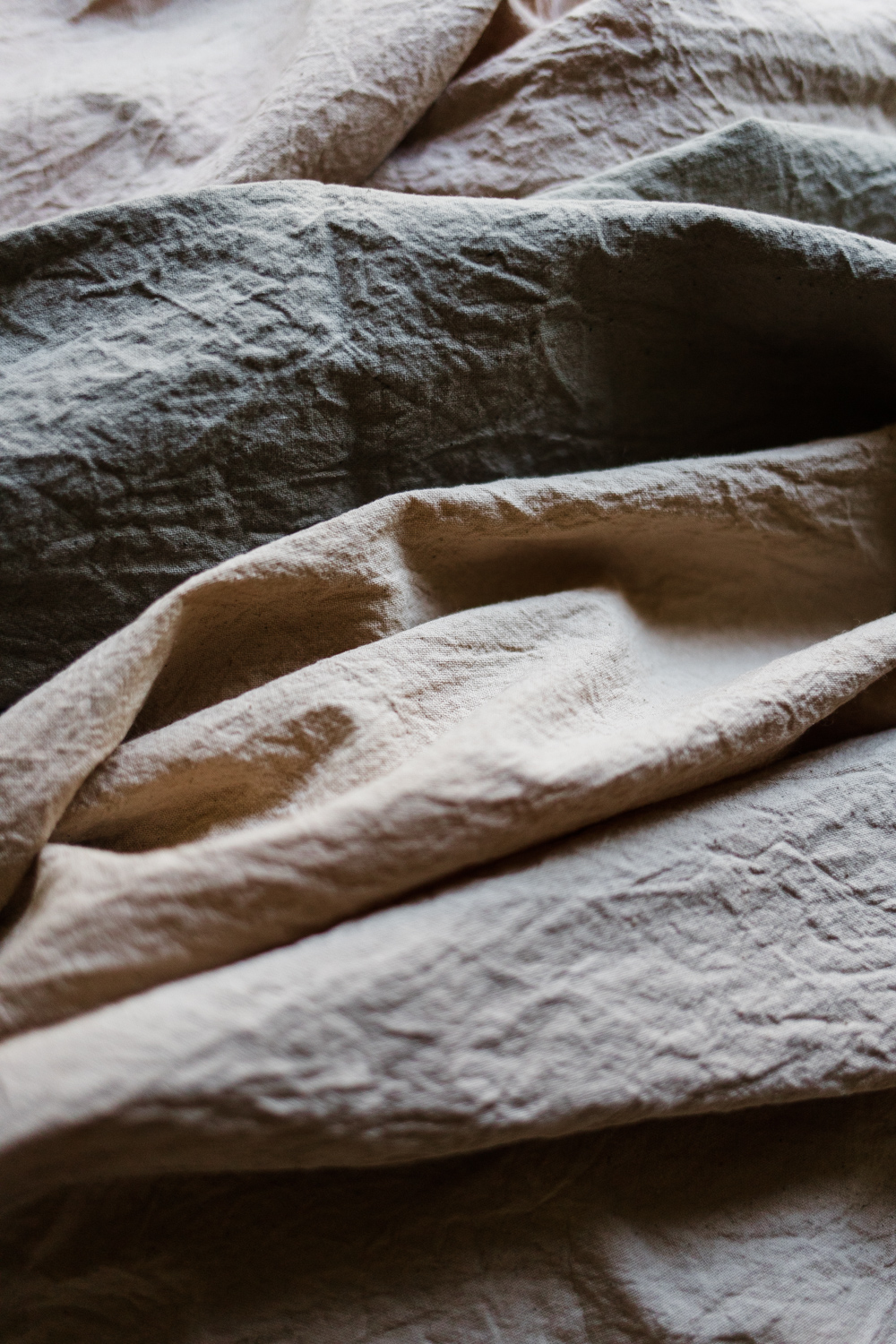
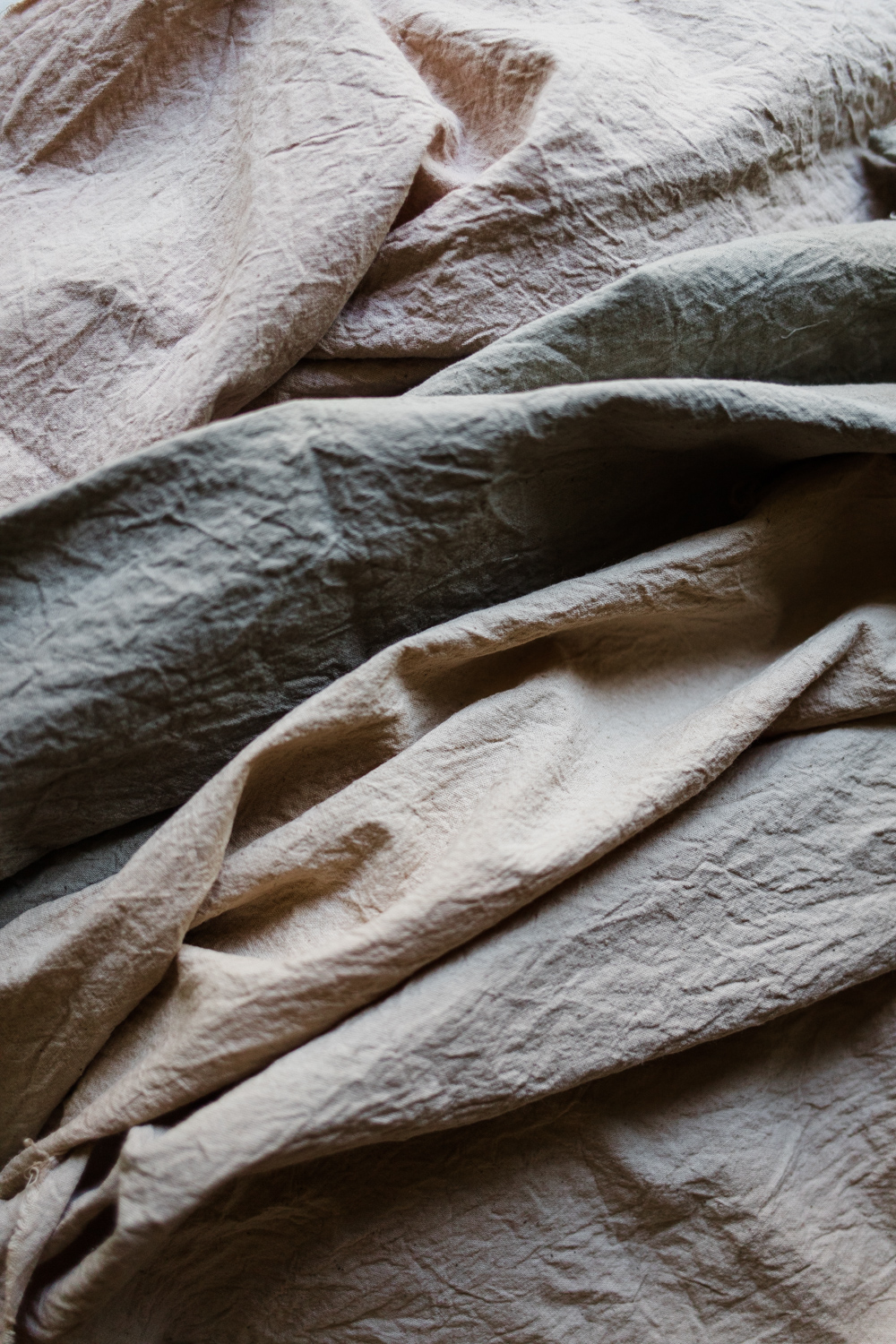
So those are my dye notes, which I’ve shared in case they’re of use to anyone else dabbling in botanical dyeing. It’s always useful to see what other people do and compare results, so if you’re curious to try dyeing cotton or other cellulose fibres with willow, here’s my twopenn’orth!
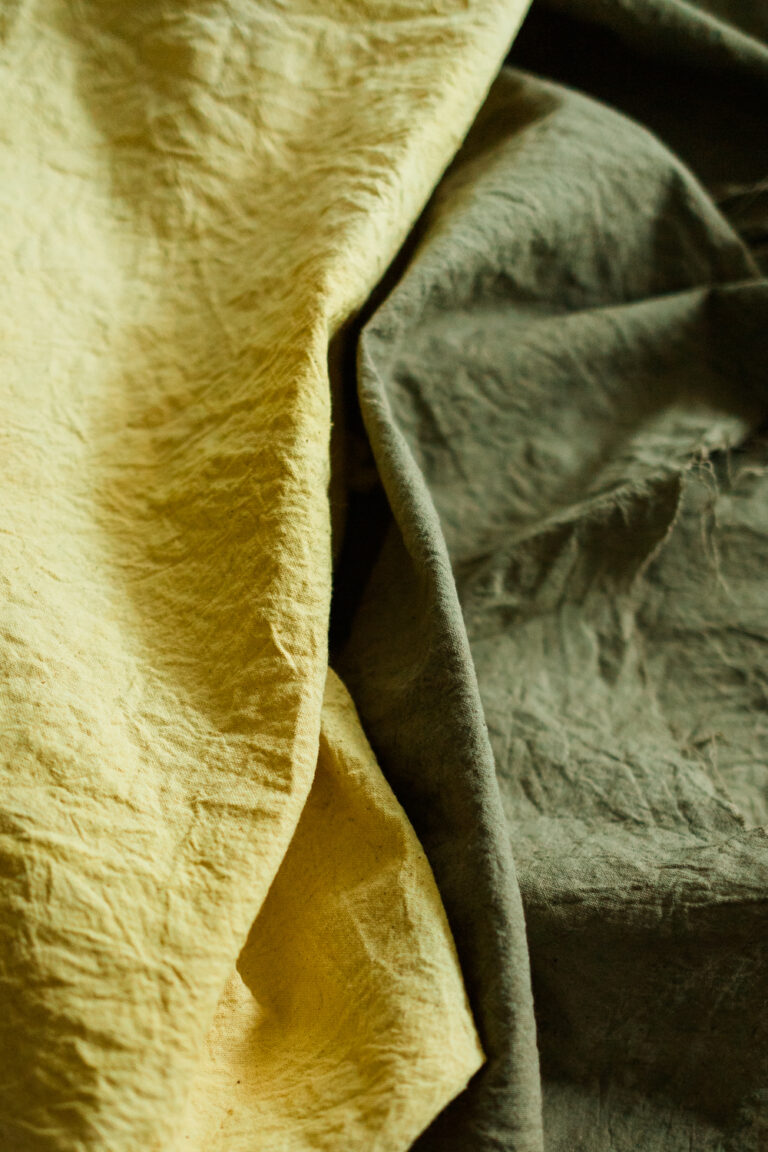
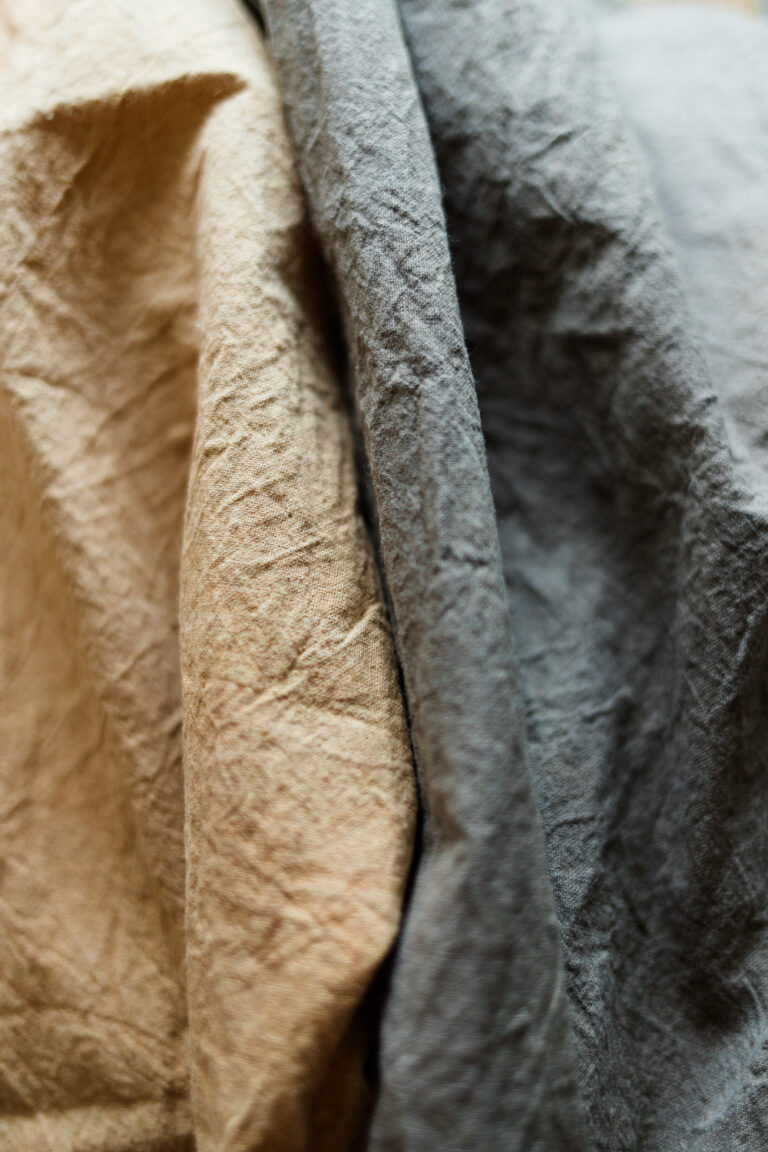
Leave a Reply